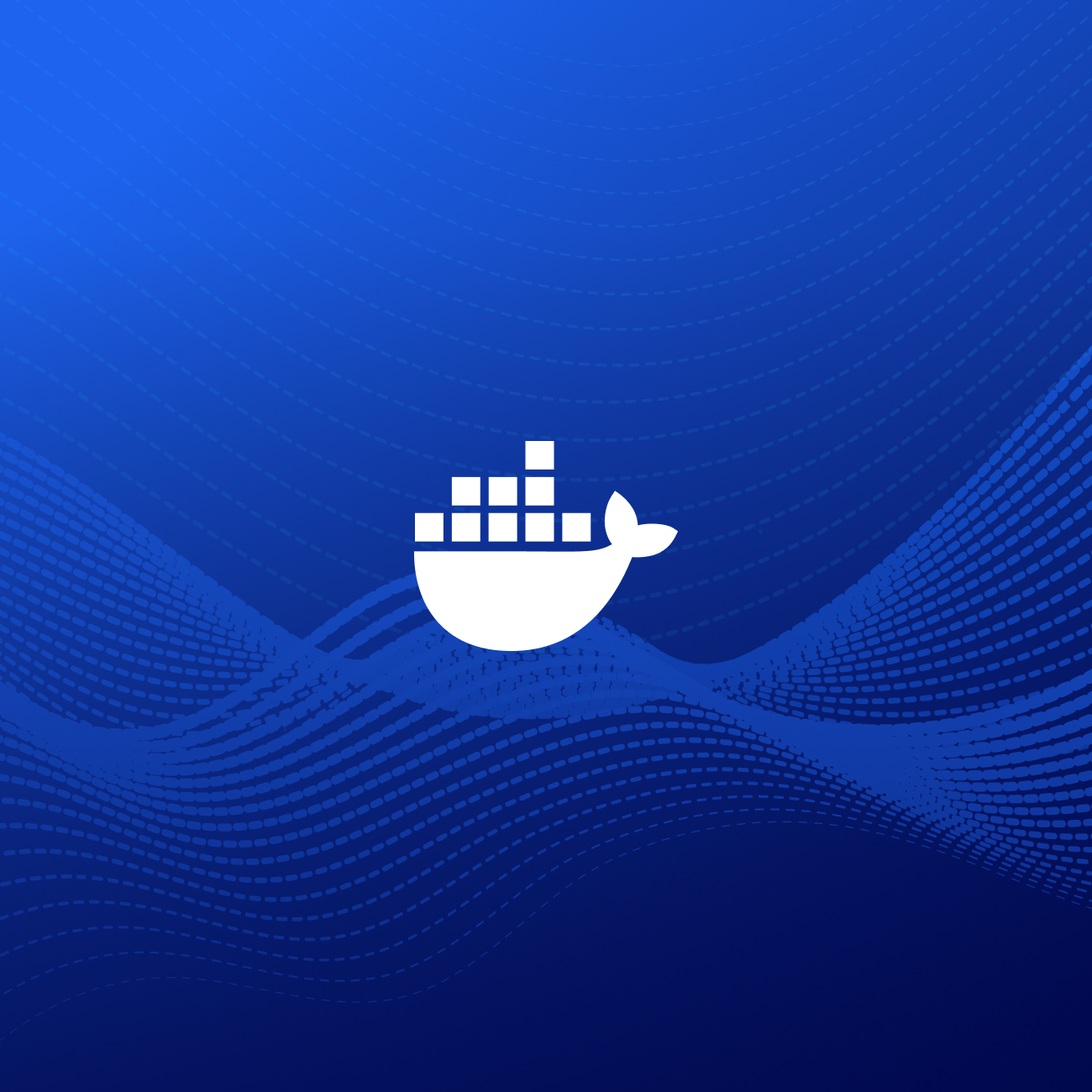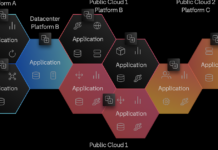In today’s rapidly evolving tech landscape, ensuring that your web applications run smoothly across various environments is a crucial consideration for developers. One of the most effective strategies for achieving this is through containerization, a process that allows developers to package applications along with their dependencies into a standardized unit—known as a container. Docker, a leading platform for containerization, offers a consistent environment for development and deployment, thus streamlining the process significantly. This article provides a comprehensive guide on how to containerize a Django web application using Docker, highlighting the benefits and offering insights into each step of the process.
The Benefits of Containerizing Django Applications
Containerizing your Django application presents several advantages, particularly in terms of efficiency and consistency. Here are some compelling reasons to consider using Docker for your Django projects:
- Stable Environment: Containers ensure a stable environment by housing all necessary dependencies, thereby eliminating the common "it works on my machine" problem. This stability means that applications can be reproduced and executed on any server or system with ease, from local development environments to production servers.
- Reproducibility and Portability: By encapsulating all environment variables, dependencies, and configurations, a Dockerized application guarantees consistent performance across different environments. This reproducibility is particularly useful when deploying applications across various stages of development and production.
- Enhanced Collaboration: Docker fosters a collaborative development environment by allowing teams to work within the same setup. Shared Docker images streamline onboarding and reduce setup conflicts, enabling team members to contribute more effectively to the project.
- Accelerated Deployment: With Docker, initiating new projects becomes a quicker process. Docker minimizes the complexities of setting up development environments and ensures uniformity, facilitating smoother integration of changes made by different developers.
Getting Started with Docker and Django
Beginning your journey with Docker and Django is straightforward, especially if you have prior experience with Django. Docker simplifies the setup process by creating a standardized environment that enhances productivity and reduces startup time.
Essential Tools
Before diving into containerizing your Django application, ensure you have installed the following tools:
- Docker: The containerization platform used to create, deploy, and manage containers.
- Django: A high-level Python web framework that encourages rapid development and clean, pragmatic design.
For detailed installation instructions, refer to the official Docker and Django websites.
How to Dockerize Your Django Project
The following steps guide you through the process of Dockerizing your Django application, complete with code snippets to assist you:
Step 1: Set Up Your Django Project
- Initialize a Django Project: If you haven’t set up a Django project yet, you can create one using these commands:
bash<br /> django-admin startproject my_docker_django_app<br /> cd my_docker_django_app<br /> - Create a requirements.txt File: This file will store your project’s dependencies. Generate it using:
bash<br /> pip freeze > requirements.txt<br /> - Update Key Environment Settings: Modify sections in the
settings.pyfile to enable environment variable configuration when the container starts. This flexibility allows settings to change according to the deployment environment.“`python
settings.py
SECRET_KEY = os.environ.get("SECRET_KEY")
DEBUG = bool(os.environ.get("DEBUG", default=0))
ALLOWED_HOSTS = os.environ.get("DJANGO_ALLOWED_HOSTS", "127.0.0.1").split(",")
“`Step 2: Create a Dockerfile
A Dockerfile is a script that instructs Docker on how to build your Docker image. Place it at the root of your Django project. Here’s a basic setup:
“`dockerfile
Use the official Python runtime image
FROM python:3.13
Create the app directory
RUN mkdir /app
Set the working directory inside the container
WORKDIR /app
Set environment variables
ENV PYTHONDONTWRITEBYTECODE=1
ENV PYTHONUNBUFFERED=1Upgrade pip
RUN pip install –upgrade pip
Copy the Django project and install dependencies
COPY . /app/
RUN pip install –no-cache-dir -r requirements.txtExpose the Django port
EXPOSE 8000
Run Django’s development server
CMD ["python", "manage.py", "runserver", "0.0.0.0:8000"]
“`Each line in the Dockerfile serves a specific purpose, from specifying the base image to defining the startup command.
Step 3: Build and Test Your Docker Image
Build the Docker container using the following command:
bash<br /> docker build -t django-docker .<br />To verify the image, check the list of images with:
bash<br /> docker image ls<br />The output should display your newly created Docker image, giving you a foundation to improve upon for production readiness.
Step 4: Optimize for Production
The development server provided by Django is not suitable for production. Hence, several improvements are necessary, including:
- Replacing the Django development server with a production-ready WSGI server like Gunicorn.
- Reducing the image size by using a smaller base image.
- Implementing a multi-stage build process to optimize the image.
Update your
requirements.txtto include Gunicorn:<br /> asgiref==3.8.1<br /> Django==5.1.3<br /> sqlparse==0.5.2<br /> gunicorn==23.0.0<br /> psycopg2-binary==2.9.10<br />Refine your Dockerfile to incorporate these improvements:
“`dockerfile
Stage 1: Base build stage
FROM python:3.13-slim AS builder
Create the app directory
RUN mkdir /app
Set the working directory
WORKDIR /app
Set environment variables to optimize Python
ENV PYTHONDONTWRITEBYTECODE=1
ENV PYTHONUNBUFFERED=1Upgrade pip and install dependencies
RUN pip install –upgrade pip
Copy the requirements file first (better caching)
COPY requirements.txt /app/
Install Python dependencies
RUN pip install –no-cache-dir -r requirements.txt
Stage 2: Production stage
FROM python:3.13-slim
RUN useradd -m -r appuser && \
mkdir /app && \
chown -R appuser /appCopy the Python dependencies from the builder stage
COPY –from=builder /usr/local/lib/python3.13/site-packages/ /usr/local/lib/python3.13/site-packages/
COPY –from=builder /usr/local/bin/ /usr/local/bin/Set the working directory
WORKDIR /app
Copy application code
COPY –chown=appuser:appuser . .
Switch to non-root user
USER appuser
Expose the application port
EXPOSE 8000
Start the application using Gunicorn
CMD ["gunicorn", "–bind", "0.0.0.0:8000", "–workers", "3", "my_docker_django_app.wsgi:application"]
<br /> <br /> After making these changes, rebuild your Docker image:<br /> <br />bash
docker build -t django-docker .
``<br /> <br /> Rerundocker image ls` to see the reduced image size, indicating improved efficiency.Step 5: Configure Docker Compose
A
docker-compose.ymlfile facilitates the management of multi-container applications. In this setup, we define both a Django container and a PostgreSQL database container. Here’s an example configuration:“`yaml
services:
db:
image: postgres:17
environment:
POSTGRES_DB: ${DATABASE_NAME}
POSTGRES_USER: ${DATABASE_USERNAME}
POSTGRES_PASSWORD: ${DATABASE_PASSWORD}
ports:- "5432:5432"
volumes: - postgres_data:/var/lib/postgresql/data
env_file: - .env
django-web:
build: .
container_name: django-docker
ports: - "8000:8000"
depends_on: - db
environment:
DJANGO_SECRET_KEY: ${DJANGO_SECRET_KEY}
DEBUG: ${DEBUG}
DJANGO_LOGLEVEL: ${DJANGO_LOGLEVEL}
DJANGO_ALLOWED_HOSTS: ${DJANGO_ALLOWED_HOSTS}
DATABASE_ENGINE: ${DATABASE_ENGINE}
DATABASE_NAME: ${DATABASE_NAME}
DATABASE_USERNAME: ${DATABASE_USERNAME}
DATABASE_PASSWORD: ${DATABASE_PASSWORD}
DATABASE_HOST: ${DATABASE_HOST}
DATABASE_PORT: ${DATABASE_PORT}
env_file: - .env
volumes:
postgres_data:
<br /> <br /> The `.env` file stores environment variables:<br /> <br />plaintext
DJANGO_SECRET_KEY=your_secret_key
DEBUG=True
DJANGO_LOGLEVEL=info
DJANGO_ALLOWED_HOSTS=localhost
DATABASE_ENGINE=postgresql_psycopg2
DATABASE_NAME=dockerdjango
DATABASE_USERNAME=dbuser
DATABASE_PASSWORD=dbpassword
DATABASE_HOST=db
DATABASE_PORT=5432
“`Step 6: Update Django Settings
Ensure your Django
settings.pyfile is configured to leverage these environment variables:
- "5432:5432"
- Database settings:
python<br /> DATABASES = {<br /> 'default': {<br /> 'ENGINE': 'django.db.backends.{}'.format(os.getenv('DATABASE_ENGINE', 'sqlite3')),<br /> 'NAME': os.getenv('DATABASE_NAME', 'polls'),<br /> 'USER': os.getenv('DATABASE_USERNAME', 'myprojectuser'),<br /> 'PASSWORD': os.getenv('DATABASE_PASSWORD', 'password'),<br /> 'HOST': os.getenv('DATABASE_HOST', '127.0.0.1'),<br /> 'PORT': os.getenv('DATABASE_PORT', 5432),<br /> }<br /> }<br /> - Allowed hosts:
python<br /> ALLOWED_HOSTS = os.environ.get("DJANGO_ALLOWED_HOSTS", "127.0.0.1").split(",")<br /> - Secret key:
python<br /> SECRET_KEY = os.environ.get("DJANGO_SECRET_KEY")<br /> - Debug mode:
python<br /> DEBUG = bool(os.environ.get("DEBUG", default=0))<br />Step 7: Build and Run Your Django Project
To build and start your containers, execute:
bash<br /> docker compose up --build<br />This command downloads necessary Docker images, builds the project, and initiates the containers. You can access your Django application at
http://localhost:8000.Step 8: Test and Access Your Application
Once the application is running, test it by navigating to
http://localhost:8000. You should see Django’s welcome page, confirming that your app is operational. To verify the database connection, perform a migration:bash<br /> docker compose run django-web python manage.py migrate<br />Troubleshooting Common Issues
Here are some common issues and solutions:
- Database Connection Errors: Ensure the database service name is consistent in both
docker-compose.ymlandsettings.py. - File Synchronization Issues: Use the
volumesdirective indocker-compose.ymlto sync local file changes to the container. - Container Restart Loops or Crashes: Use
docker compose logsto inspect errors and identify the cause.Optimizing Your Django Web Application
To enhance your Dockerized Django setup, consider these optimization tips:
- Automate and Secure Builds: Use Docker’s multi-stage builds to create more efficient images by removing unnecessary files and packages.
- Optimize Database Access: Implement database pooling and caching to minimize connection time and enhance performance.
- Efficient Dependency Management: Regularly update and audit dependencies in
requirements.txtto ensure security and efficiency.Moving Forward with Docker and Django
Containerizing your Django application with Docker simplifies development processes, ensures consistency across environments, and streamlines deployments. By following the steps in this guide, you’ve learned to set up a Dockerized Django app, optimize your Dockerfile for production, and configure Docker Compose for multi-container setups.
Docker not only resolves environment inconsistency issues but also promotes better collaboration within development teams by standardizing environments. Whether you’re deploying a small project or scaling up for enterprise use, Docker equips you with reliable tools for building, testing, and deploying applications.
Ready to take the next step? Explore Docker’s powerful tools, like Docker Hub and Docker Scout, to enhance your containerized applications with scalable storage, governance, and continuous security insights.
For further learning and exploration of Docker’s capabilities, visit Docker’s official website.
For more Information, Refer to this article.


































